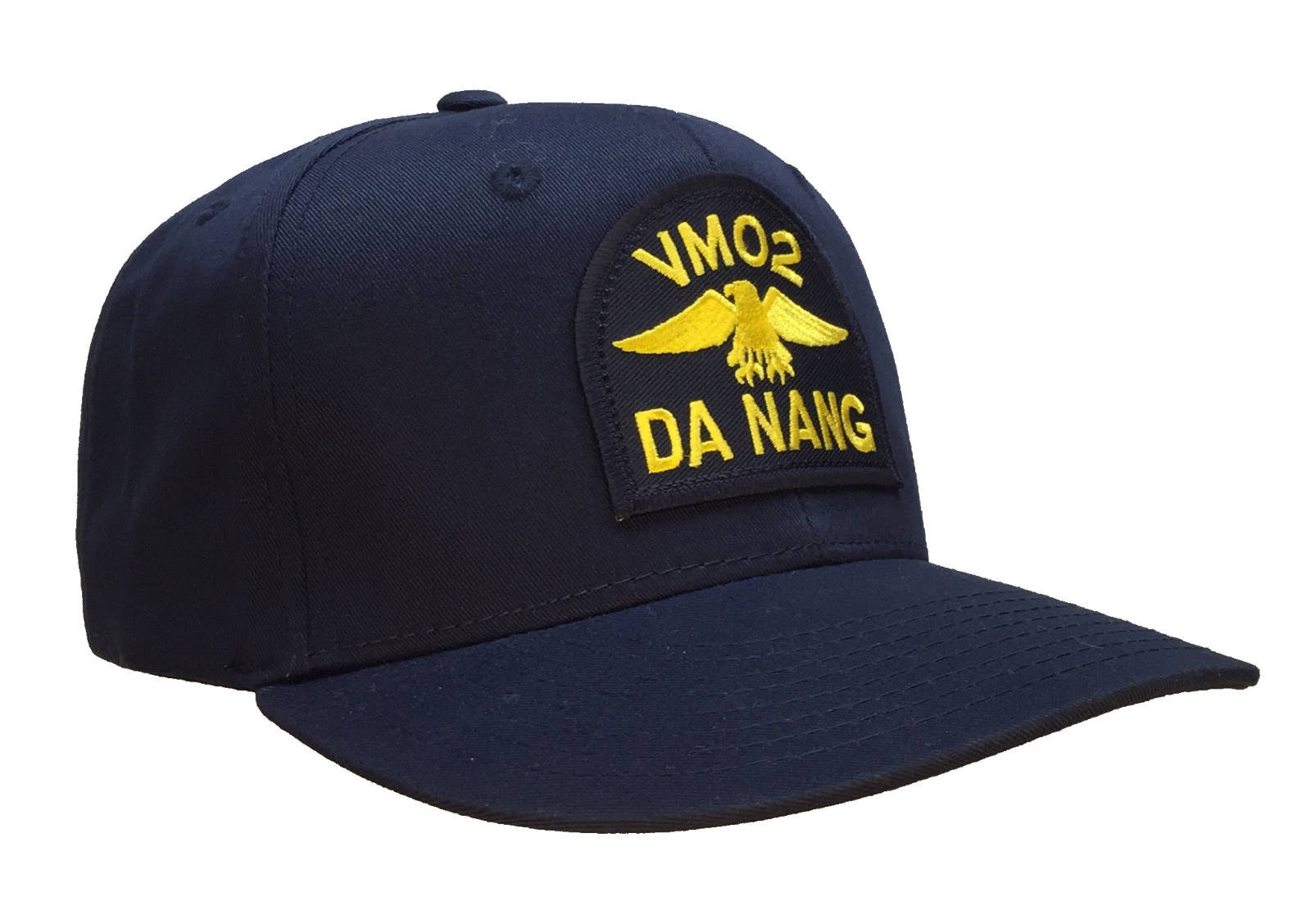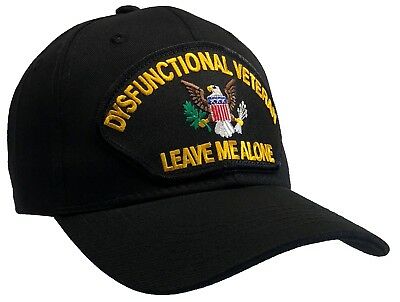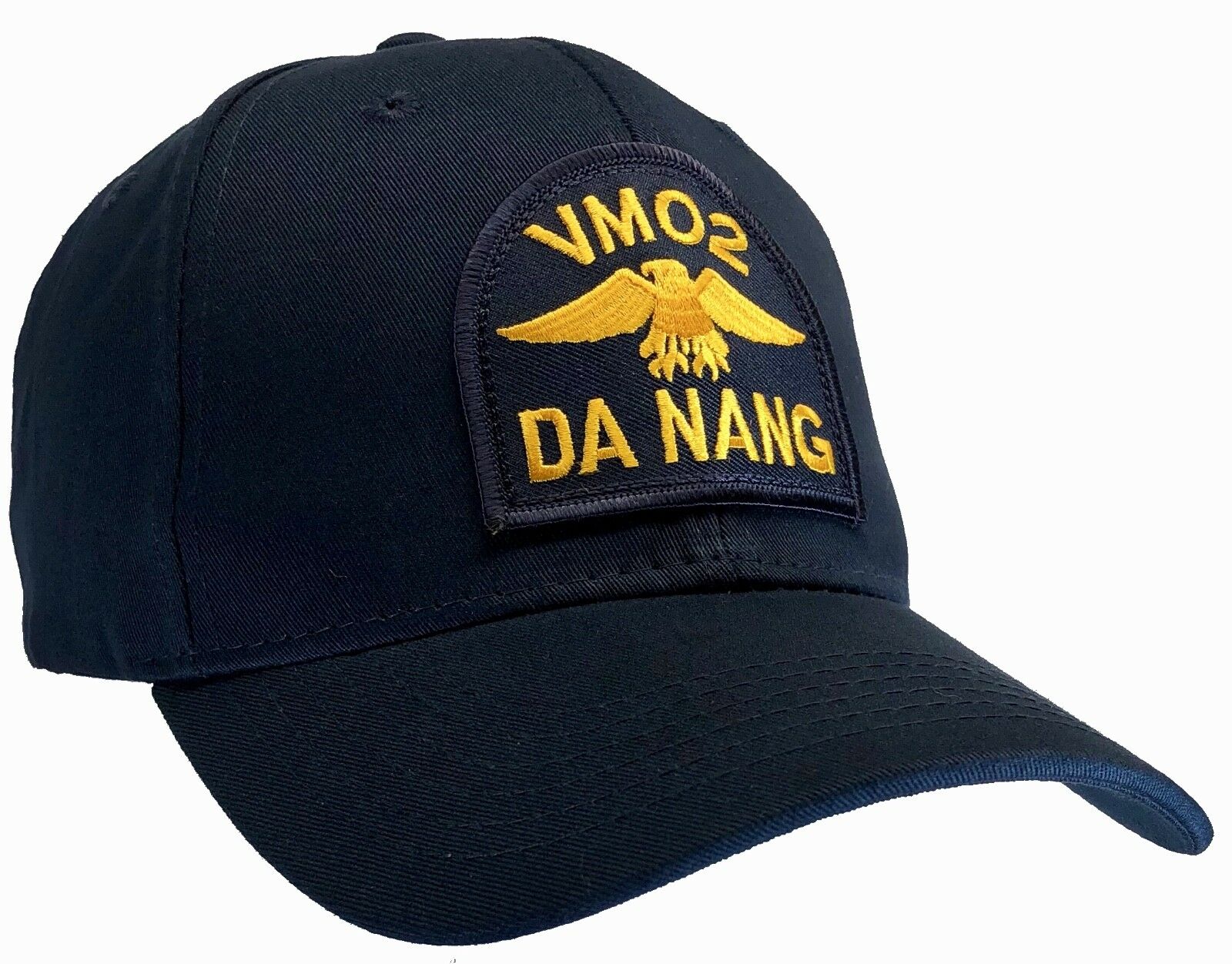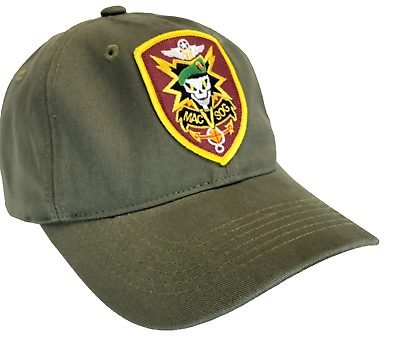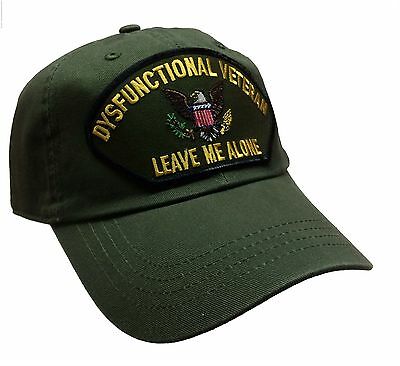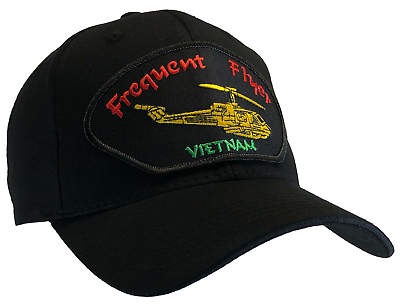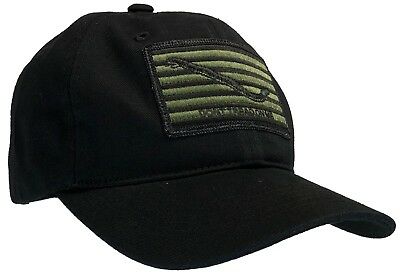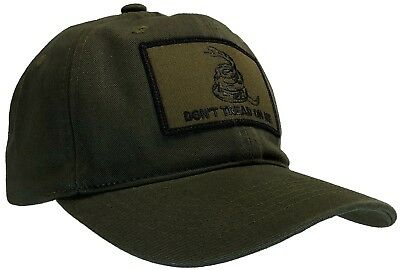-40%
Rare - EARLY WAR PATCH - Pre 1965 - MAAG GUTS AIRLINE - Vietnam - CIA - Z.017
$ 53.45
- Description
- Size Guide
Description
CIA MAAG - MAAG Vietnam - USAF - Early War PatchPre 1965 - Air Force Section MAAG Vietnam
Military Assistance Advisory Group - MAAG - CIA Controlled
GUTS - God Understands the Situation - GUTS AIRLINE
MAAG became MACV-SOG in 1964
Measures - 4 inches in diameter (10 cms)
MAAG – Military Assistance Advisory Group – Vietnam
In September 1950, US President Harry Truman sent the Military Assistance Advisory Group (MAAG) to Vietnam to assist the French in the First Indochina War.
MAAG was replaced by MACV-SOG in 1964.
MAAG Advisers were drawn from all areas of the US Military and beyond and were under the command of the CIA (Central Intelligence Agency)
The President claimed they were not sent as combat troops, but to supervise the use of million worth of US military equipment to support the French in their effort to fight the Viet Minh forces.
By 1953, aid increased dramatically to 0 million to replace old military equipment owned by the French.
The French Army however, was reluctant to take U.S. advice, and would not allow the Vietnamese army to be trained to use the new equipment, because it went against French policy.
They were supposed to not only defeat enemy forces but to solidify themselves as a colonial power, and they could not do this with a Vietnamese Army.
French commanders were so reluctant to accept advice that would weaken their time-honored colonial role that they got in the way of the various attempts by the MAAG to observe where the equipment was being sent and how it was being used.
Eventually the French decided to cooperate, but at that point it was too late.
In 1954 the commanding general of French forces in Indochina, General Henri Navarre, allowed the United States to send liaison officers to Vietnamese forces.
But it was too late, because of the siege and fall of Dien Bien Phu in the spring. As stated by the Geneva Accords, France was forced to surrender the northern half of Vietnam and to withdraw from South Vietnam by April 1956.
At a conference in Washington, D.C. on February 12, 1955, between officials of the U.S. State Department and the French Minister of Overseas Affairs, it was agreed that all U.S. aid would be funneled directly to South Vietnam and that all major military responsibilities would be transferred from the French to the MAAG under the command of Lieutenant General John O'Daniel.
A problem arose however, because the French Expeditionary Force had to depart from South Vietnam in April 1956 pursuant to the Accords. After the French defeat, it was renamed the MAAG Vietnam in 1955, as the United States became more deeply involved in what would come to be known as the Vietnam War.
The next few years saw the rise of a Communist insurgency in South Vietnam, and President Diem looked increasingly to US military assistance to strengthen his position, albeit with certain reservations. Attacks on US military advisers in Vietnam became more frequent. On October 22, 1957, MAAG Vietnam and USIS installations in Saigon were bombed, injuring US military advisers.
In the summer of 1959, Communist guerrillas staged an attack on a Vietnamese military base in Bien Hoa, killing and wounding several MAAG personnel.
During this time, American advisers were not put in high-ranking positions, and President Diem was reluctant to allow American advisers into Vietnamese tactical units.
He was afraid that the United States would gain control or influence over his forces if Americans got into the ranks of the army.
The first signs that his position was beginning to shift came in 1960, when the number of official US military advisers in the country was increased from 327 to 685 at the request of the South Vietnamese government.
By 1961, communist guerrillas were becoming stronger and more active. This increased enemy contacts in size and intensity throughout South Vietnam. At this point, Diem was under pressure from US authorities to liberalize his regime and implement reforms. Although key elements in the US administration were resisting his requests for increased military funding and Army of the Republic of Vietnam (ARVN) troop ceilings, MAAG Vietnam played a significant role in advocating for a greater US presence in the country.
Throughout this period relations between the MAAG Vietnam and Diem were described as "excellent", even though the advisers were doubtful of his ability to hold off the insurgency.
Newly elected President John F. Kennedy agreed with MAAG Vietnam's calls for increases in ARVN troop levels and the U.S. military commitment in both equipment and men. In response, Kennedy provided .4 million in funding for ARVN, and overall military aid increased from million per year to 4 million in 1961.
In the first year of the Kennedy administration, MAAG Vietnam worked closely with administration officials, USOM, and the US Information Service to develop a counterinsurgency plan (CIP). The CIP's main initiatives included the strengthening of ARVN to combat the Communist insurgency, which had the corollary effect of strengthening Diem's political position.
At the same time President Diem agreed to the assignment of advisers to battalion level, significantly increasing the number of advisers; from 746 in 1961 to over 3,400 before MAAG Vietnam was placed under U.S. Military Assistance Command Vietnam (MACV) and renamed the Field Advisory Element, Vietnam.
At the peak of the war in 1968, 9,430 Army personnel acted as advisors down to the district and battalion level to train, advise and mentor the Army of the Republic of Vietnam (ARVN), Republic of Vietnam Marine Corps, Republic of Vietnam Navy and the Republic of Vietnam Air Force.
MAAG Indochina (Vietnam) was followed by MACV-SOG in June 1964 under the command of the US Military and the Department of Defense.
For your kind Consideration.
Free Post over 0 For All Single or Combined Auction or Buy It Now Purchases in same order
Post on patches is .99 for first item and 30c postage for additional patches posted in same order. If you have any question’s please contact me. I post daily. Many thanks.
,
Command Control, North, South, Central, MACV, Special Forces, SOG, Special Op’s, Special Operations Group, 5 th Special Forces, Army Security Agency, Military Intelligence, Psy-Ops, US Army, De Oppresso Liber, Airborne, 1 st Special Forces, CIDG, Mike Force, Mobile Guerrilla Force, Mobile Strike Force, Operations Detachment, Provincial Recon Unit, Recon Teams, RT, USMC, United States Marine Corps, Vietnam War, WWII, WWI, French Indochine War, French Foreign Legion, Legion Etrange, Project Omega, Recondo School, Rapid Fire, Project Delta, Special Missions Advisory Force, Project Gamma, Project Sigma, Indigenous Troops, MACV-SOG, CCC, CCS, CCN, USARV, SMAG, TAG, Field Training Command, Recon Team Leader, US Navy, Air Force, AATTV, Long Tan, Nui Dat, AAFV, ATF, New Zealand V Force, Big Red One, 1st Infantry Division, 1st Cavalry Division, Tropic Lightning, 25th Infantry Division, Subdued, Patch, Patches, Uniform, Helmet, Flash, Beret, Arc, Tab, 101 st Airborne Division, 82nd Airborne, 173rd Airborne, Combat, Militaria, Medal, Badge, Map, 199th Infantry Brigade, Old Ironsides, 5th Infantry Division, MAAG, USARPAC, XXIV Corps, 23rd Infantry Division, Americal, 38th Infantry Division, Black Op’s, Clandestine, Non-Conventional Warfare, 11th Infantry Brigade, 11th Armored, 196th , 1st Aviation, 18th Engineers, Medic, Medical, Viet Cong, VC, Viet Minh, Dien Bien Phu, Saigon, Tiger Force Rangers, Ranger, Logistical Command, Khe Sanh, POW, RVN, ARVN, South Vietnam, North Vietnam, NVA, Hanoi, Siagon, Phan Rang, LLDB, Bright Light, Free World Forces, Company, Platoon, Patrol, Long Range, Special Forces, ARVN, Green Berets, Elite, Recon, Reconnaiance, CCN, CCC, CCS, MACV SOG, SOA, Paratrooper, Parachutist, Vietnam War, Special Operations, Military, Tiger, Ranger, Route, Team, VC, NVA, Viet Cong, Command Control


